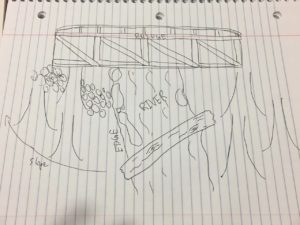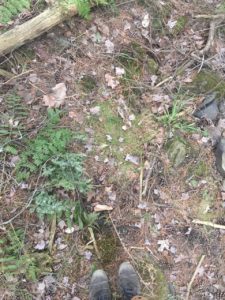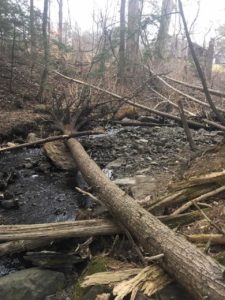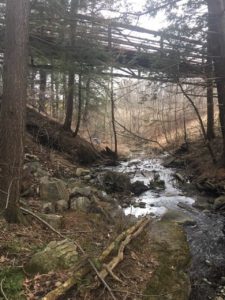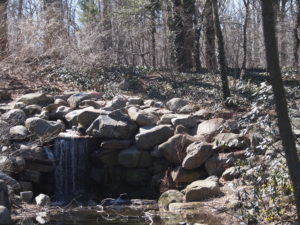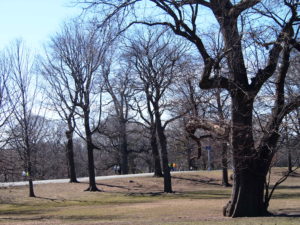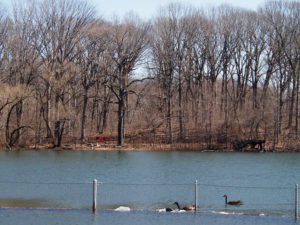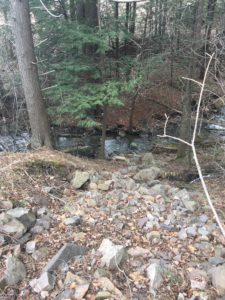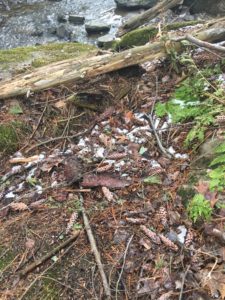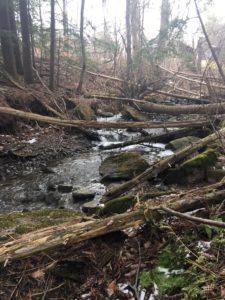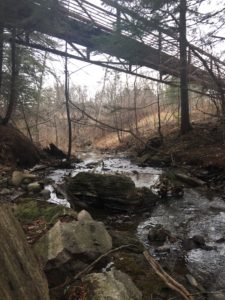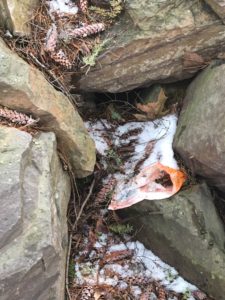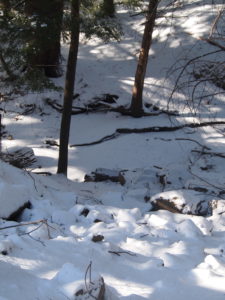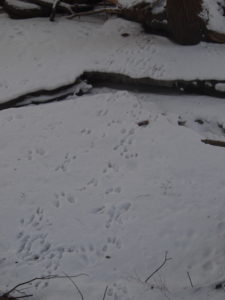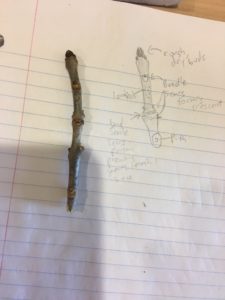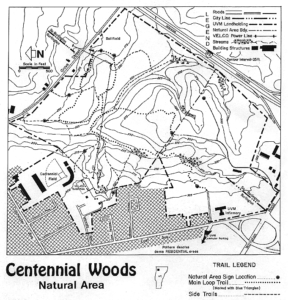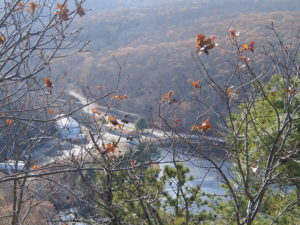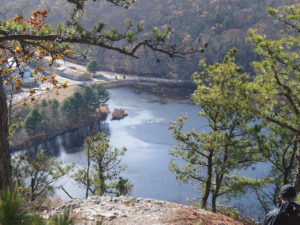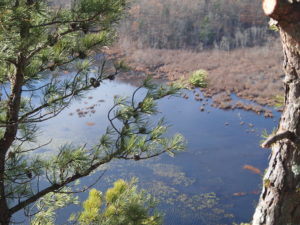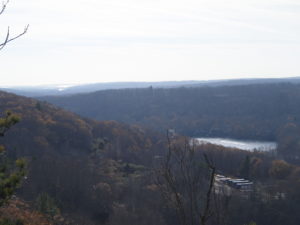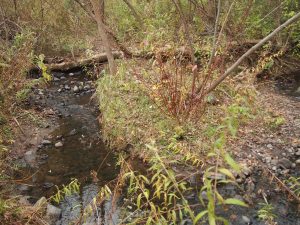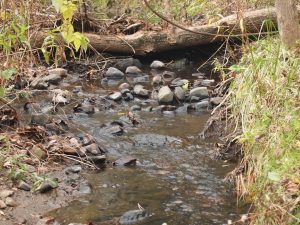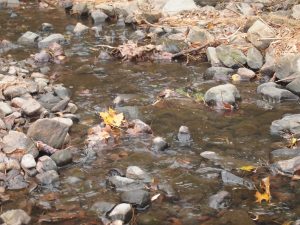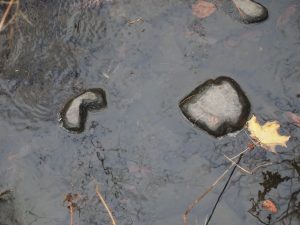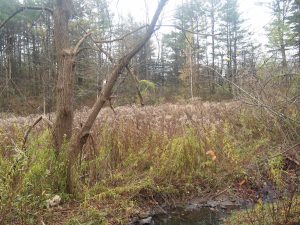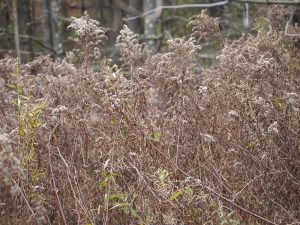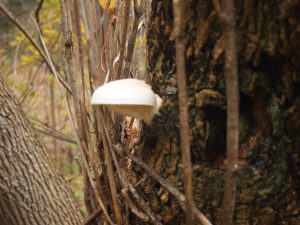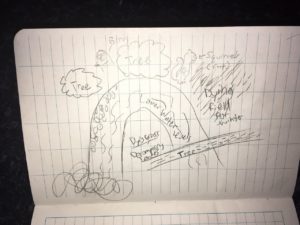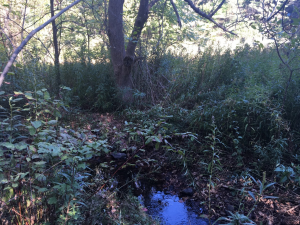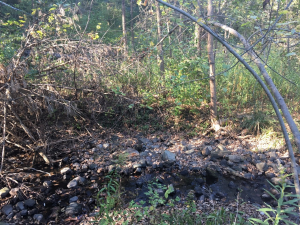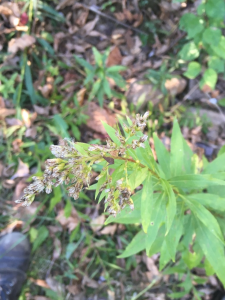Upon my final visit to my phenology spot, I could finally notice strong phenological changes that came in the tide of spring. Clovers and wild grass were starting to sprout from the ground, you could see the buds on the twigs starting to sprout, and the site was generally a lot greener than it has been all winter.
I think that there is a very unique intersection of nature and culture that takes place at my phenology spot. The space houses a very present integration of human development and impacts, as well as a serene nature spot. There is evidence of people even having lived underneath the bridge on my spot, clearly showing that intersection. I would consider myself a guest within my place rather than a part. I feel that if I were to consider myself a part of that place it would almost be asserting a sort of dominance over the land. The natural parts of the space are sparse and heavily impacted by human development and other impacts. I don’t think any person has a right to consider themselves a part of a space that their kind has done so much to degrade. The best I can do is consider myself a guest, and leave no trace of my presence.
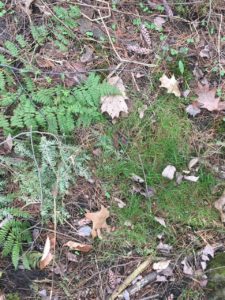
Greenery starting to sprout out from the soil

Buds starting to sprout

Evidence of people living within the space. Heavy littering.
